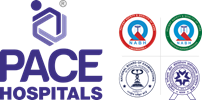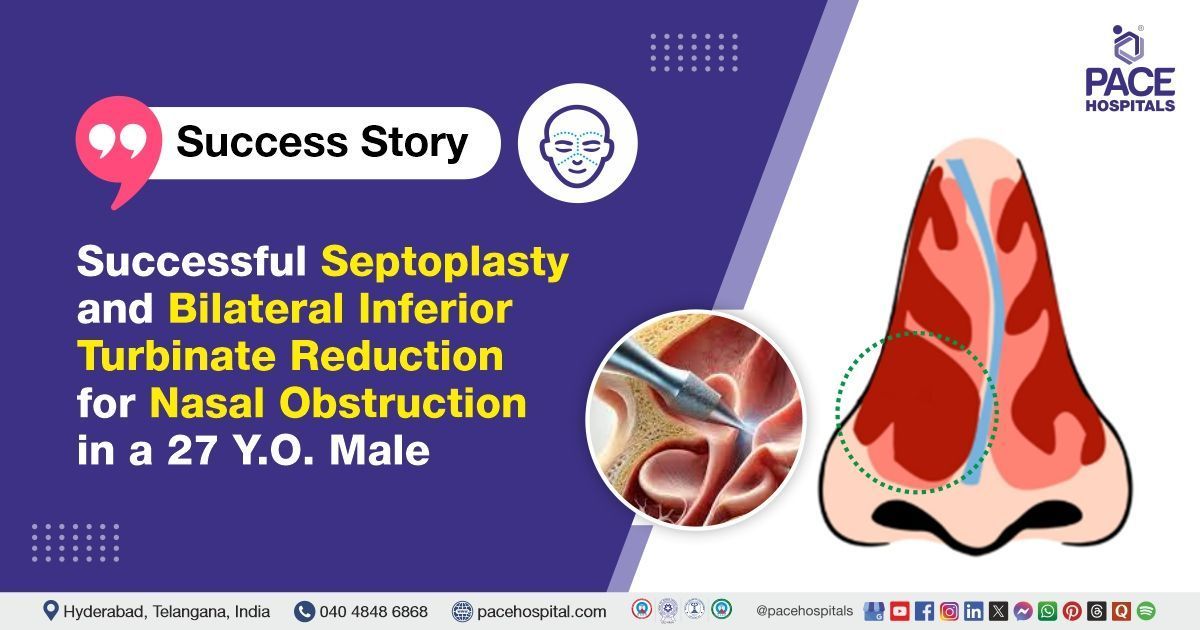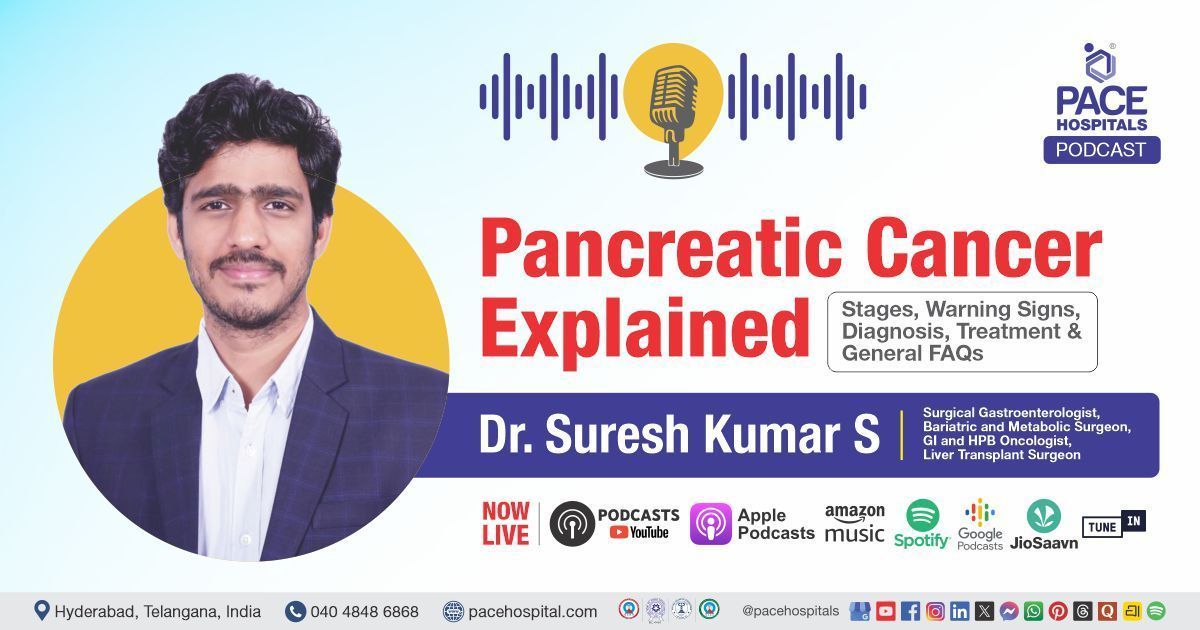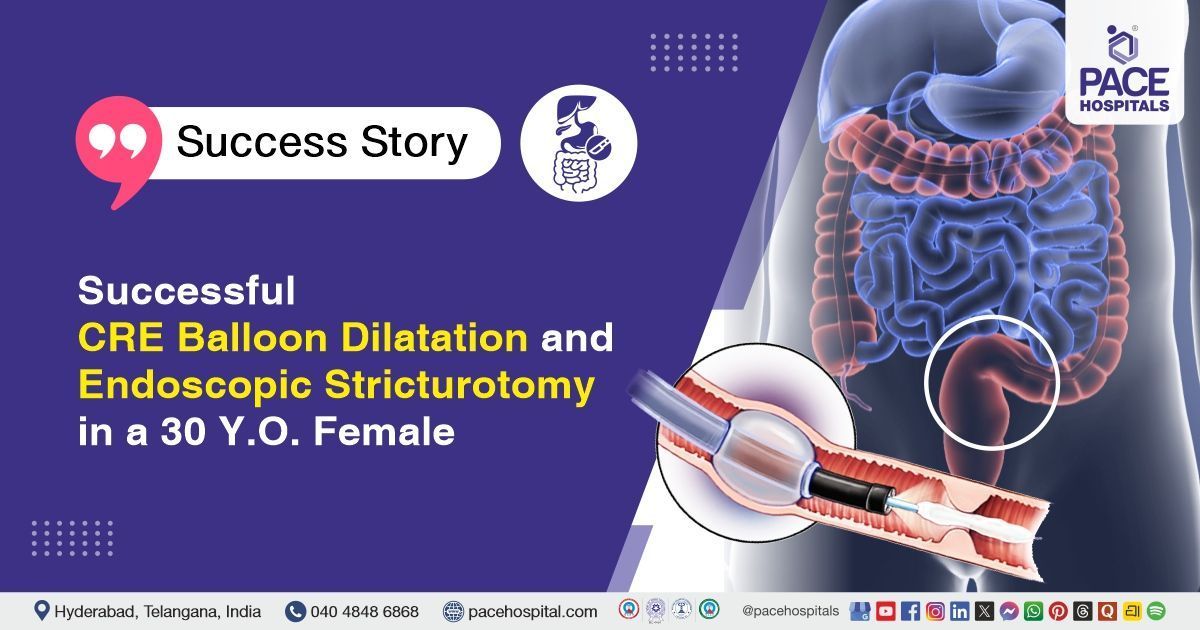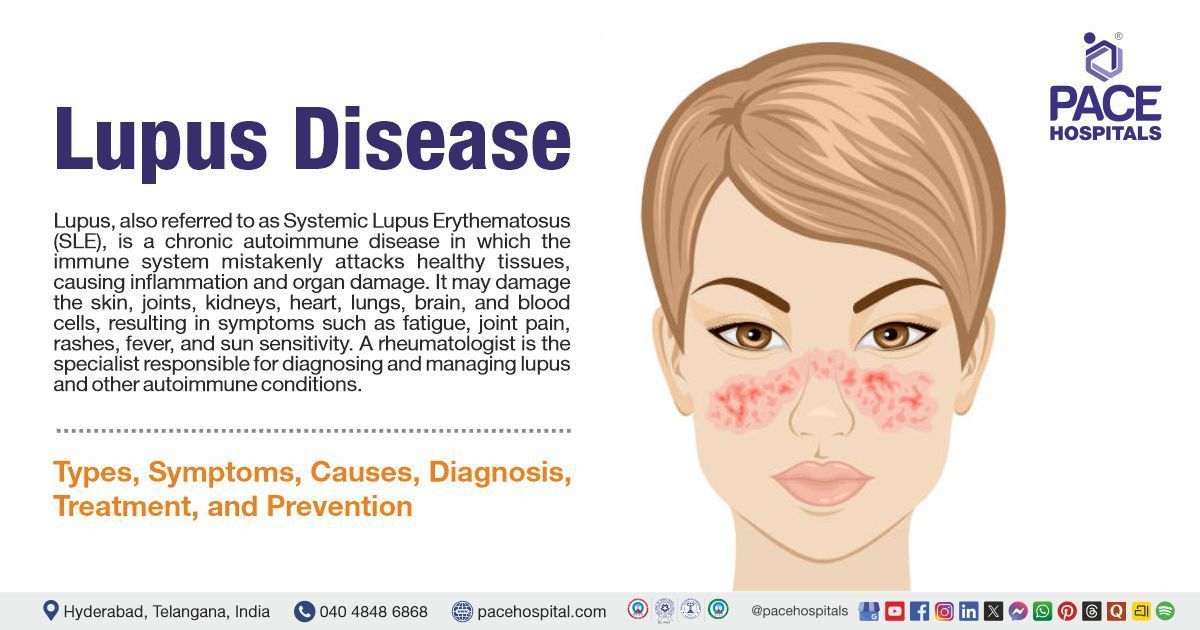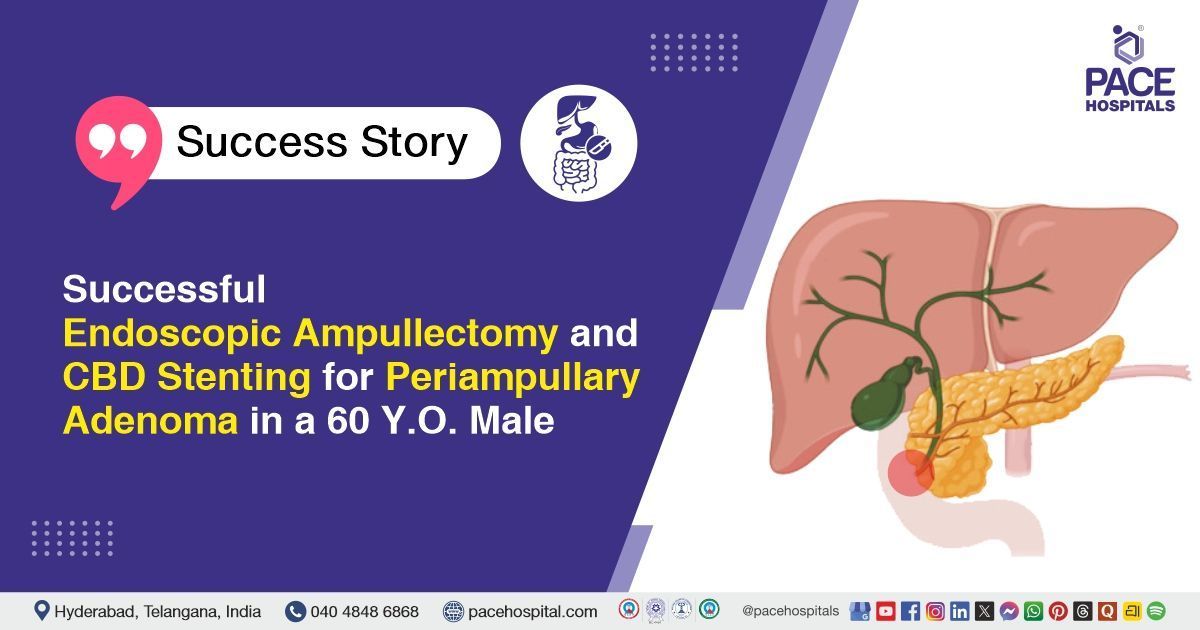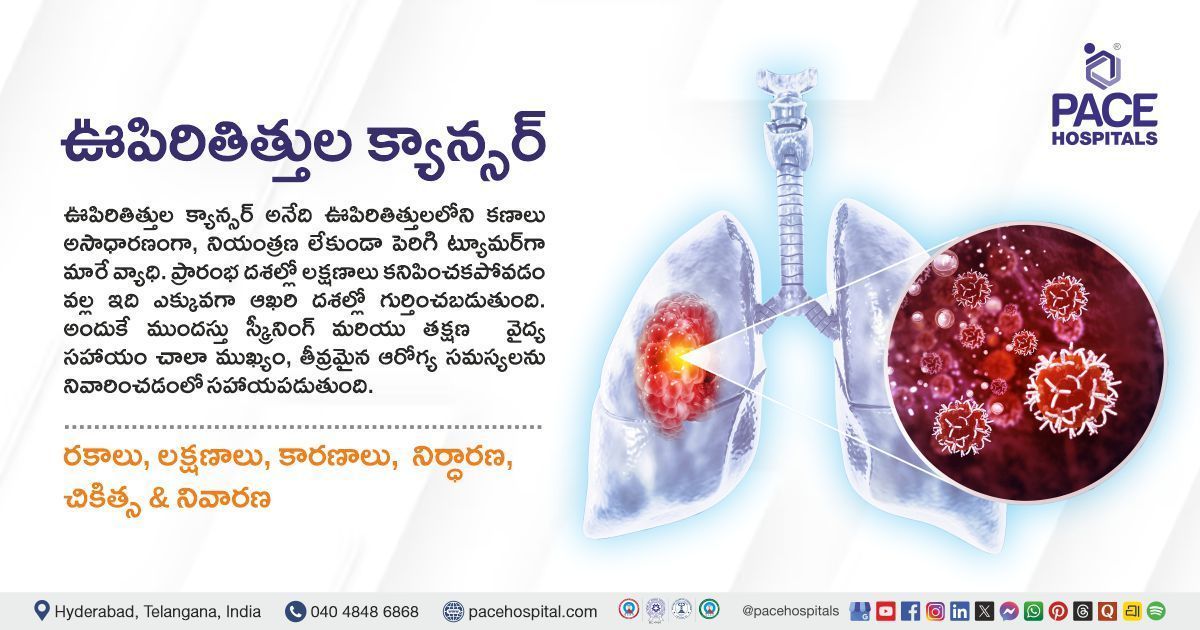Successful Septoplasty and Bilateral Inferior Turbinate Reduction for Nasal Obstruction in a 27-Y.O Male
PACE Hospitals
PACE Hospitals’ expert ENT team successfully performed
Septoplasty combined with Bilateral Inferior Turbinate Submucosal Reduction on a 27-year-old male patient who had presented with complaints of bilateral nasal block for the past one year, more prominent on the right side, along with intermittent frontal headaches over the last 3 months. The combined surgical approach was aimed at relieving nasal obstruction and improving overall nasal airflow.
Chief Complaints
A 27- years -old male patient with a
body Mass Index (BMI) of 20 presented to the ENT Department at
PACE Hospitals, Hitech City, Hyderabad with complaints of bilateral nasal block for the past one year, more prominent on the right side, along with intermittent frontal
headaches over the last 3 months. The headaches were not associated with nausea or specific trigger factors. There was no history of nasal discharge, excessive sneezing, or ear pain.
Past Medical History
The patient had no known history of hypertension or diabetes, which was considered clinically favorable, as the absence of these comorbidities reduced the risk of intraoperative and postoperative complications and supported a smoother, more stable recovery. Additionally, the patient had no known food or drug allergies.
On Examination
On general examination, the patient was conscious, coherent and oriented to time, place, and person, with no signs of acute distress. Systemic examination revealed bilateral inferior turbinate hypertrophy with a deviated nasal septum towards the right side. No tenderness was noted over the frontal or maxillary sinuses, ruling out acute sinusitis. Examination of the ears showed intact tympanic membranes bilaterally, with no evidence of perforation or fluid accumulation. The oral cavity appeared normal, with healthy mucosa, good dentition, and no visible ulcers or lesions. The uvula and soft palate were midline and moved symmetrically.
Diagnosis
Following the clinical examination, the ENT team conducted a comprehensive assessment, which included a detailed review of the patient’s medical history and a focused evaluation of the nasal cavity and paranasal sinuses.
The ENT examination revealed a deviated nasal septum (DNS) toward the right side and bilateral inferior turbinate hypertrophy (ITH). Both tympanic membranes were intact, the oral cavity appeared normal, and no abnormalities were detected during the general or systemic examination. To further investigate, a CT scan of the paranasal sinuses (CT PNS –plain) was performed. The imaging confirmed a high deviation of the nasal septum to the right, bilateral inferior turbinate hypertrophy, and polypoidal changes in the bilateral maxillary sinuses and anterior ethmoid sinuses.
Based on the confirmed diagnosis, he was advised to undergo a
Deviated nasal septum and Inferior turbinate hypertrophy Treatment in Hyderabad, India, under the care of the ENT Department, ensuring comprehensive management.
Medical Decision Making
After a detailed consultation with Dr. Mohana Jambula, ENT Surgeon & Allergy Specialist, a comprehensive evaluation was conducted. The focus was on identifying structural causes of the patient’s symptoms. Clinical and radiological findings confirmed a deviated nasal septum and bilateral inferior turbinate hypertrophy.
It was determined that the patient had a right-sided deviated nasal septum with bilateral inferior turbinate hypertrophy causing nasal obstruction. Septoplasty with bilateral turbinate reduction was identified as the most effective treatment to relieve symptoms and improve breathing.
The patient and his family were informed about his condition, the procedure, its associated risks, and its potential to alleviate symptoms and enhance his quality of life.
Surgical Procedure
Following the diagnosis, the patient was scheduled to undergo Bilateral Inferior Turbinate Submucosal Reduction with Septoplasty in Hyderabad at PACE Hospitals, under the expert care of the ENT Department.
The following steps were carried out during the procedure:
- Preoperative Preparation: The patient was placed in the Reverse Trendelenburg position under general anesthesia (GA).The nasal area was painted and draped under strict aseptic precautions. Bilateral nasal cavity decongestion was achieved using Local infiltration of local anesthetic with catecholamines and packing with 4% local anesthetic -soaked nasal packs.
- Septoplasty Procedure: Left Killian incision was made endoscopically. The deviated portion of the nasal septum (right-sided high DNS) was visualized and corrected. Bilateral mucoperichondrial and periosteal flaps were elevated, repositioned, and sutured using Vicryl sutures for stability and healing.
- Bilateral Inferior Turbinate Submucosal Reduction: Submucosal resection of the bilateral inferior turbinates (B/L ITH) was performed to reduce turbinate size and improve nasal airflow. The mucosa was preserved to maintain function and reduce postoperative crusting or dryness.
- Nasal Packing and Dressing: After ensuring hemostasis, the bilateral nasal cavities were packed using Ivalon nasal packs (1+1). External nasal dressing was applied to support the internal structures and prevent displacement.
- Intraoperative Findings: Findings during surgery included High right-sided DNS Polypoidal changes in bilateral maxillary sinuses and bilateral anterior ethmoidal sinuses. Hemostasis was achieved at all stages of the procedure.
Postoperative Care
Postoperative period was uneventful. Postoperatively, the patient was managed with antibiotics, analgesics, antacids, and antihistamines. Nasal packing was removed prior to discharge, and the patient was discharged in a stable condition with specific post-operative instructions.
Discharge Medications
The patient was prescribed a broad-spectrum antibiotic to prevent postoperative infection. A proton pump inhibitor was given to reduce gastric acidity and prevent gastrointestinal side effects from other medications. A non-steroidal anti-inflammatory drug (NSAID) with a muscle relaxant was administered to manage pain and inflammation. An antihistamine with leukotriene receptor antagonist was prescribed to reduce allergic symptoms and prevent nasal mucosal swelling. Additionally, a topical nasal antihistamine spray was advised to control local nasal allergy symptoms and support healing.
Advice on Discharge
The patient was advised to avoid excessive blowing of the nose and lifting heavy weights to prevent strain on the surgical site and ensure proper healing.
Emergency Care
The patient was informed to contact the emergency ward at PACE Hospitals in case of any emergency or development of symptoms such as fever, nose bleeding, abdominal pain, and vomiting.
Review and Follow-up Notes
The patient was advised to return to the ENT specialist at PACE Hospitals, Hyderabad, for a follow-up appointment for further evaluation of the surgical site and overall progress.
Conclusion
This case highlights the successful surgical management of nasal obstruction and related symptoms through septoplasty with turbinate reduction. The procedure was performed without complications, and the patient responded well to treatment. The postoperative period was uneventful, and recovery progressed as expected under standard postoperative care.
Enhancing Nasal Breathing through Combined Septoplasty and Turbinate Reduction in a Young Adult
Nasal obstruction caused by a deviated septum and bilateral inferior turbinate hypertrophy often requires a targeted surgical solution for effective relief. Combining septoplasty with turbinate submucosal reduction provides a comprehensive approach to restore nasal airway patency and reduce symptoms. Careful assessment and diagnosis by an
Otolaryngologist / ENT specialist guide the individualized surgical plan tailored to the patient’s anatomy and needs. This combined procedure not only improves breathing but also reduces the likelihood of future interventions. With attentive postoperative management, patients experience quicker recovery and sustained improvement in nasal function. This case highlights the value of integrated surgical techniques in enhancing patient outcomes and quality of life.
Share on
Request an appointment
Fill in the appointment form or call us instantly to book a confirmed appointment with our super specialist at 04048486868
